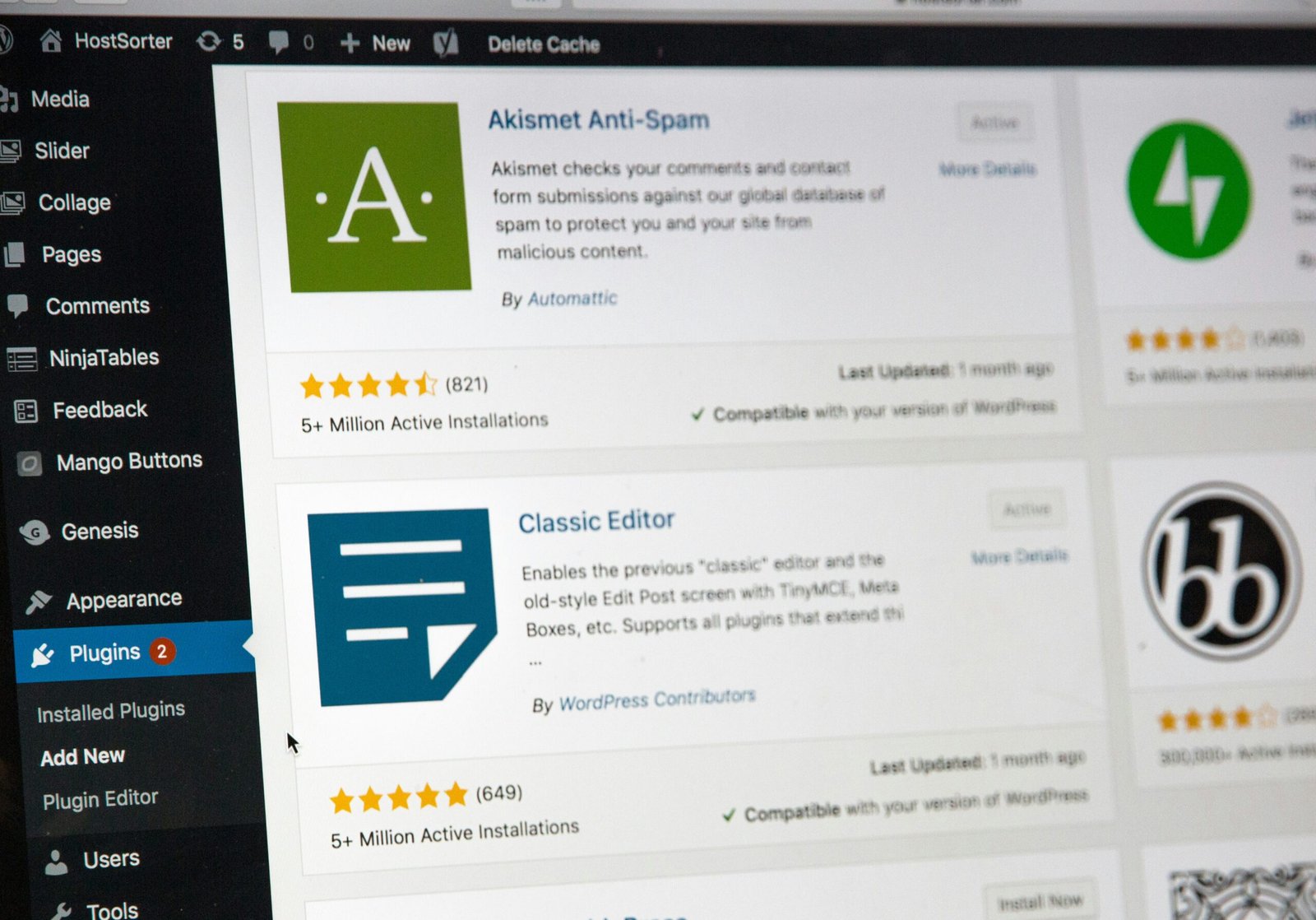In 2025, the field of web development is still thriving and growing despite the rumors of its disappearance. The field has changed dramatically thanks to AI implementation, mobile first methods and the development of progressive web applications that are at the forefront of the current trends. While the traditional roles of coding are evolving and new opportunities are emerging in highly specialized areas such as AI integration as well as machine learning implementation as well as quantum development. This guide will provide an in-depth look at the situation of the development process for web applications, their expected direction until 2030 and the seven crucial phases that modern development of web and how to ensure your success in this ever-changing landscape.
The Current State of Web Development in 2025
You might be wondering whether web development still has relevance in 2025. The short answer is affirmative yes, but the field has drastically changed. Trends in web development for 2025 will show a shift away from traditional programming to more specialized and sophisticated technological implementations.
Web Development Trends in 2025

Mobile-first internet will continue to rule the web development scene in 2025. There are billions of users on mobile around the world developers need to concentrate on mobile experiences prior to desktop-based versions. This is now a standard method rather than a viable option for companies that are forward-thinking.
Progressive web applications (PWAs) changed the way web users use websites. They combine all the features that are best on both websites as well as mobile apps, delivering offline functionality, push notifications and similar interfaces to apps. They also eliminate the requirement to download apps from the app store. There are PWAs increasing popular in news sites, e-commerce as well as service platforms.
JavaScript and React remain the dominant choice within web frameworks for development. Their versatility and strong community support makes them the preferred choice for developers creating interactive and responsive websites. If you’re trying to stay current in the field of web development, understanding these technologies is essential.
Single-page apps continue to provide seamless user experiences, by loading content dynamically, without refreshes of the page. This method is becoming more sophisticated thanks to advancements in rendering on the server side to improve speed and efficiency as well as SEO optimized.
Latest Web Development Technologies
No-code and low-code platforms have made web development more accessible by allowing non-technical users to build functional websites and applications. This has opened up the possibility of hybrid designers that can make use of these platforms and implement customized code as necessary.
The cloud computing industry has turned the norm with the majority of web applications being built using cloud-based infrastructure. This trend has led to increased the need for developers who are skilled in cloud-native development as well as serverless architecture.
Machine learning integration has revolutionized user experiences by delivering customized contents, predictive analyses as well as automated interaction. In 2025, websites will be able to adapt to user preferences and create distinct experiences for every visitor.
Future of Web Development Through 2030

In the near future, the direction of the web’s development up to 2030 promises even more groundbreaking shifts. Understanding these emerging trends can aid you in establishing yourself within this ever-changing environment.
Quantum Internet and Computing
By 2030, the possibilities for the possibility of a Quantum Internet, powered by quantum computing, is likely to become more achievable. This innovative technology will revolutionize data transmission and communication, enabling immediate transfer of huge amounts of information. Developers and companies this opens up new possibilities for collaboration in real-time and data analysis on an unprecedented scale.
Augmented Reality (AR) and Virtual Reality (VR)
The next trends in web development indicate the possibility of immersive experiences. In 2030, AR and VR will be able to transcend their current limitations, blurring the boundaries between the physical and digital worlds. As developers, you’ll have be able to design the immersive experience that let users to interact with their products virtual prior to purchase or interact with the content in a three-dimensional environment.
Internet of Things (IoT) and 5G
With the complete implementation of 5G infrastructure and widespread IoT devices, the internet will allow seamless connection between objects, devices and humans. This ubiquitous connectivity will open up possibilities for web developers to develop connected ecosystems, rather than separate websites or apps.
The Future of Web Development After AI
Artificial intelligence hasn’t killed web development. It has merely transformed it. Future of development for web sites following AI is a paradigm shift in the ways websites are created and maintained.
AI-Enhanced Development

The 2025 timeframe will see AI aids developers, rather than replace them. AI tools are able to generate boilerplate code, detect issues, and provide ways to optimize . This collaboration between human creativeness as well as AI efficiency has led to faster speed of development while increasing the quality.
Machine learning lets websites recognize and respond to user behaviours with more intelligent, automated ways. As an engineer, you must know how to set up and develop these systems to provide individual, interactive and effective user experiences.
Can AI Replace Web Developers?
While AI can automatize certain areas of website development, AI is unable to replace the innovative problem-solving skills and the strategic thinking that human developers can bring. Certain skills remain AI-proof, including:
- Understanding business requirements that are complex and turning them into technological solutions
- Create user experiences that connect emotionally with viewers
- Making strategic choices about the technology and architecture of your choice Based on the business goals
A new era of development for web applications post AI is in the hands of those who take on AI for its potential as an instrument, while creating uniquely human abilities in communication, creativity as well as critical thought.
The 7 Stages of Web Development in 2025

Modern web development follows a planned process that is a departure from the traditional development cycles for software. Knowing these stages will help you to efficiently manage your projects and provide high-quality results.
Stage 1: Strategy and Planning
The initial step in web development is establishing an extensive strategy. This includes deciding on the goals and objectives, gathering an development staff, looking at issues, preparing tasks lists, and presenting the idea to all stakeholders. It is important to take time during this stage. can prevent costly changes later on the process.
Stage 2: Requirements Gathering
In this phase you can identify weaknesses in the software you have already installed or establish the requirements for new software. This is a part of technical specifications (hardware operating systems, hardware as well as programming language) along with functional demands based upon user requirements.
Stage 3: Design and Prototyping
The design phase converts the specifications into concrete plans using multiple sub-stages.
- The overall strategy must be developed.
- The content planning process is essential.
- Designing rough plans
- Finalizing designs
- Designing functional prototypes
- Prototyping prototypes using customers
Stage 4: High-Level Design (HLD)
High-Level Design creates the framework for your app and provides an abstract representation of the system’s structure. The stage is a bridge between idea and execution, describing the major elements and their interactions, without getting into technical details.
Stage 5: Low-Level Design (LLD)
Low-Level Design converts HLD into technical specs that programmers are able to code from. This includes schemas for databases, API definitions, class diagrams, as well as specific algorithms to implement the features.
Stage 6: Development and Implementation
As they develop, programmers create the code on the specifications and designs. This phase usually involves an iterative process that includes regular integration as well as testing in order to assure the quality throughout the development process.
Stage 7: Testing, Deployment, and Maintenance
The final stage involves thorough testing of different devices and environments, the and deployment of production servers and regular maintenance. The 2025 phase usually includes automated testing and continuous deployment pipelines and monitoring systems that are proactive.
Most Popular Web Development Technologies in 2025

Staying up to date with the most recent technology in web development is crucial for ensuring your career’s longevity. In 2025, many technologies are expected to be the industry’s leaders.
Frontend Development
JavaScript is still the most popular front-end creation, and frameworks such as React continuing to gain popularity. WebAssembly has seen significant growth for applications that require high performance, allowing developers to execute code with near-native speed on browsers.
Motion UI has become more crucial to increase user engagement by using subtle animations and smooth transitions that direct users through the interface. Learning these techniques gives you an advantage when it comes to creating lasting user-experiences.
Backend Development
Cloud-native development methods have become commonplace with serverless architectures seeing popularity. This allows developers to concentrate on business logic and not the management of infrastructure.
API-first development methods allow for greater integration between services and develop applications that are able to distribute through mobile, web and IoT devices.
Latest Web Development Languages
Although JavaScript is still the dominant language but new languages and features for language continue to appear:
- TypeScript is now a standard in large-scale applications because of its robust typing system.
- Rust is being increasingly used to build critical web performance components.
- WebAssembly has allowed languages like C++, Rust as well as Go to run effectively in browsers
Python continues to be popular in backend development, especially in the area of AI and integration of machine learning.
The Web Developer Roadmap for 2025
If you’re thinking about how you can become a web developer who is successful in 2025, consider these areas of focus:
Essential Skills for Future-Proofing Your Career
- AI as well as Machine Learning Integration: Learn how to integrate and use AI models in web-based applications.
- Cloud-Native Design master serverless architecture, container technology and containers
- Security Knowledge Know the latest internet security concepts as cybersecurity grows in importance
- Optimization of Performance Learn skills for optimizing web applications to meet core web essentials and metrics for user experience.
- Accessibility: Make sure applications work for everyone, regardless of their abilities
Specialization vs. Full-Stack Development
The debate about specialization versus full-stack development is expected to continue in 2025. While full-stack developers can be useful for smaller and start-up teams, larger companies tend to prefer specialist in areas such as:
- AI/ML implementation
- Extended Reality (XR) development
- Optimization of performance
- Security
- Accessibility
The most effective approach is to create an solid foundation of full stack principles and then develop understanding of the one or two areas that are of interest to you.
Conclusion
Is web development dead in 2025? Absolutely not. The field is developing instead of disappearing in the face of AI increasing human capabilities, not replacing them. Trends in web development for 2025 indicate a shift to specialization and the latest technology, yet retaining the concepts that have defined excellent web experiences.
The development of the web to 2030 is pointing towards more radical developments with the advent of quantum computing and immersive experiences and a plethora of connectivity creating new opportunities. If you are aware of the seven phases that modern development of web and keeping up-to-date with the most advanced technologies, you will be able to be prepared for a long-lasting success in this rapidly changing industry.
For those who are willing to adapt and develop web development remains an exciting and rewarding profession that offers endless possibilities for creativity and impact. The key is to embrace changes, constantly learning and paying attention to the human aspects of development which AI is unable to reproduce.



